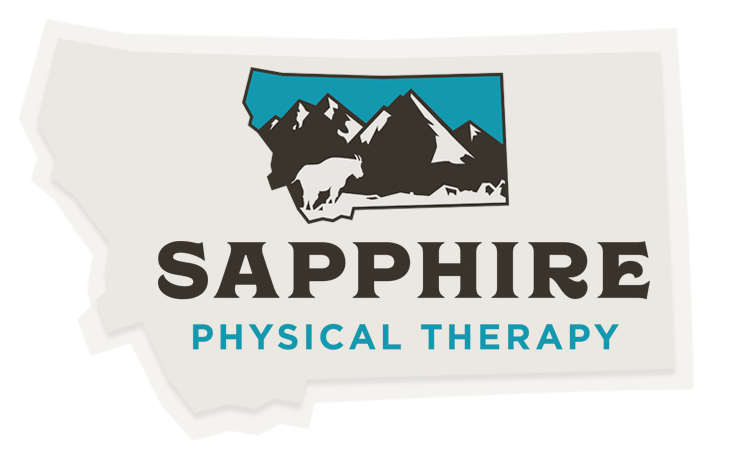Cold Weather Running
It’s an annual event: as leaves and snow begin to fall, so too do runners doing their best to stay active during the colder months. Aside from slipping, colder muscles are also more likely to be injured. To stay safe and reduce your risk of injury, consider investing in gear, taking time to warm-up, and adjusting your running technique.
Equipment
First and foremost, we need quality gear to help us endure the elements. Here are some things to look into:
Layers: Everyone is different in their cold tolerance, but we all heat up once we run and as a rule of thumb, dress as if the temperature is about 15 degrees warmer. Most of our heat is lost through our head, feet, and hands so warm gloves, socks, and hats are essential.
Visibility: For the fog/rain/snow/dark that comes with the colder months, consider visibility gear such as lights, bright colors, and reflective clothing.
Traction: Wearing spikes or trail shoes to provide more traction will ensure safe footing when surfaces become slicker.
Waterproof: Rain gear and water-repellant shoes (such as Gore-Tex) will help keep you dry and comfortable.
Warming Up
A proper warm-up can make cold-weather running much more pleasant. The goal should be to increase your body temperature. By doing so we enjoy several benefits such as:
faster muscle contractions (1)
improved reaction time (2)
increased strength/power (3, 4)
increased blood flow to active muscles (5) which may reduce risk of tears (6)
increased psychological readiness (7)
and more!
While stretching may feel good, the benefits of warming up are better elicited through active movements (4) and muscle contractions (8). Some good options include: squats, lunge walks, knee to chest marches, heel/toe walks, leg swings, “open” and “close” the gates, hamstring sweeps, high knees, butt kickers, RDLs, and side lunges (see photos below). Starting with jogging at a slower pace for a few minutes is also a great addition before working towards your training pace.
Technique Adjustments
Finally, there are precautions we can take during our runs to help protect ourselves. These changes include:
Reduced Stride Length/Increased Cadence: Shorter steps allow for runners to land closer to their center of mass and use less braking forces, in turn reducing our slip risk.
Wider Steps: Increasing our base of support and balance also reduces the risk of slipping.
Surface Awareness: Keep an eye on the ground to ensure you don’t step on an icy puddle or wet leaves
Run with a Partner: Bring your phone or a friend to catch you if you fall and help you if you do have an injury.
Many prefer not to run in the cold, but there are ways to work our cardiovascular systems and stay safe while doing so. Our friends at Runner’s Edge will help set you up if you have any gear questions and our physical therapists from Sapphire visit monthly for free injury consults. Stay safe out there!
By Ben Blakely, PT, DPT
References:
1. Hopkins, WG. Progressive statistics for studies in sports medicine and exercise science. Med Sci Sports Exerc 41:3-13, 2009.
2. Asmussen, E, Bonde-Peterson, F, and Jorgenson, K. Mechano-elastic properties of human muscles at different temperatures. Acta Physiol Scand 96:86-93, 1976
3. Bergh, U, and Ekblom, B. Influence of muscle temperature on maximal strength and power output in human muscle. Acta Physiol Scand 107:332-337, 1979.
4. Enoka, RM. Neuromechanics of Human Movement. 4th ed. Cham- paign, IL: Human Kinetics, 305-309, 2008.
5. McArdle, WD, Katch, FI, and Katch, VL. Exercise Physiology: Energy, Nutrition and Human Performance. 6th ed. Baltimore: Lippincott Williams & Wilkins, 574-575, 2007.
6. Safran, MR, Garrett, WE, Seaber, AV, Glisson, RR, and Ribbeck, BM. The role of warm-up in muscular injury prevention. Am J Sports Med 16:123-129, 1988.
7. Bishop, D. Warm-up. Potential mechanisms and the effects of passive warm-up on performance. Sports Med 33:439-454, 2003.
8. Ullman ZJ, Fernandez MB, Klein M. Effects of Isometric Exercises versus Static Stretching in Warm-up Regimens for Running Sport Athletes: A Systematic Review. Int J Exerc Sci. 2021;14(6):1204-1218. Published 2021 Oct 1.






